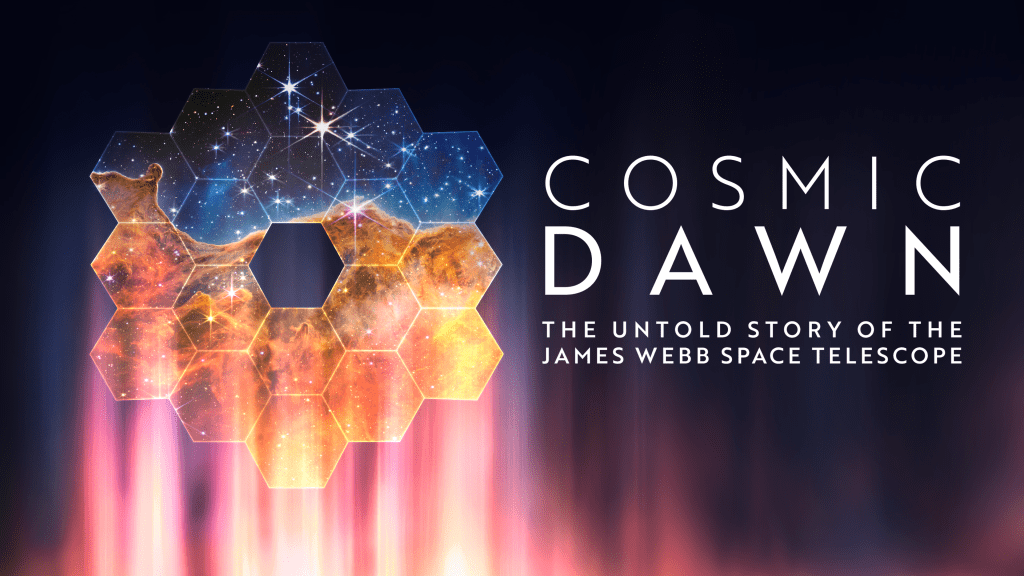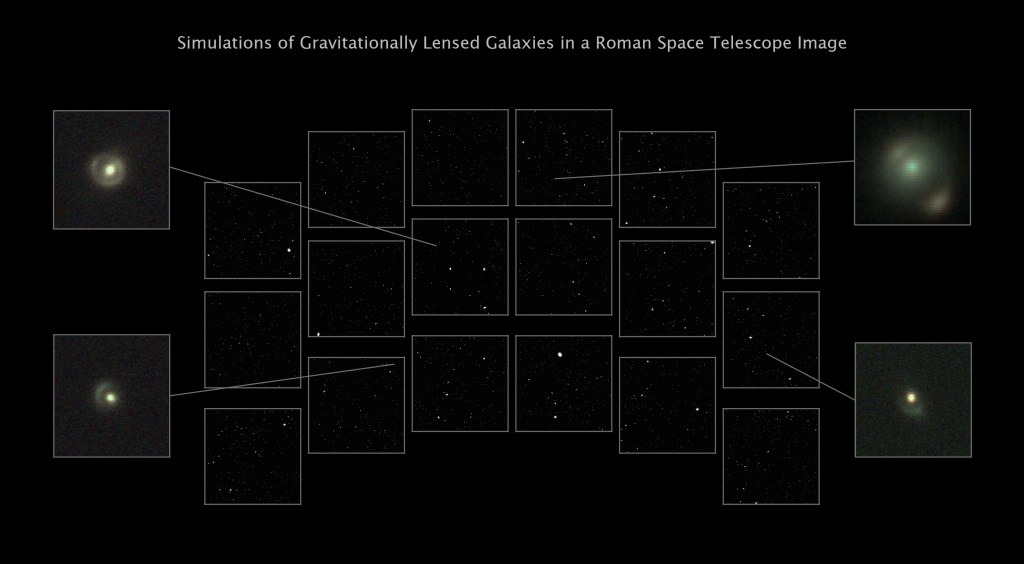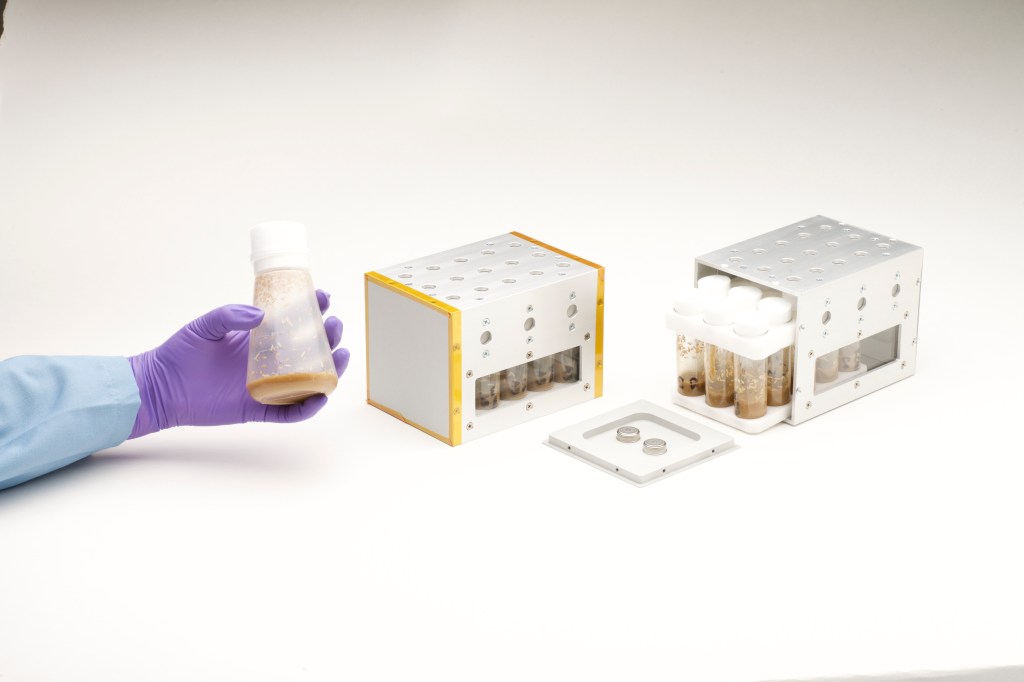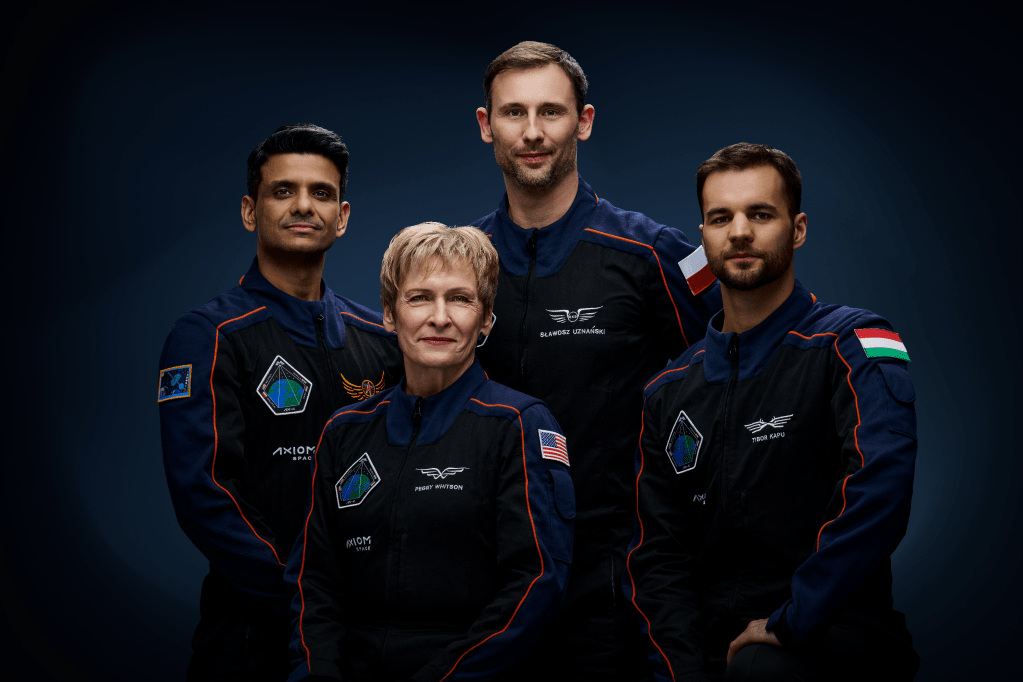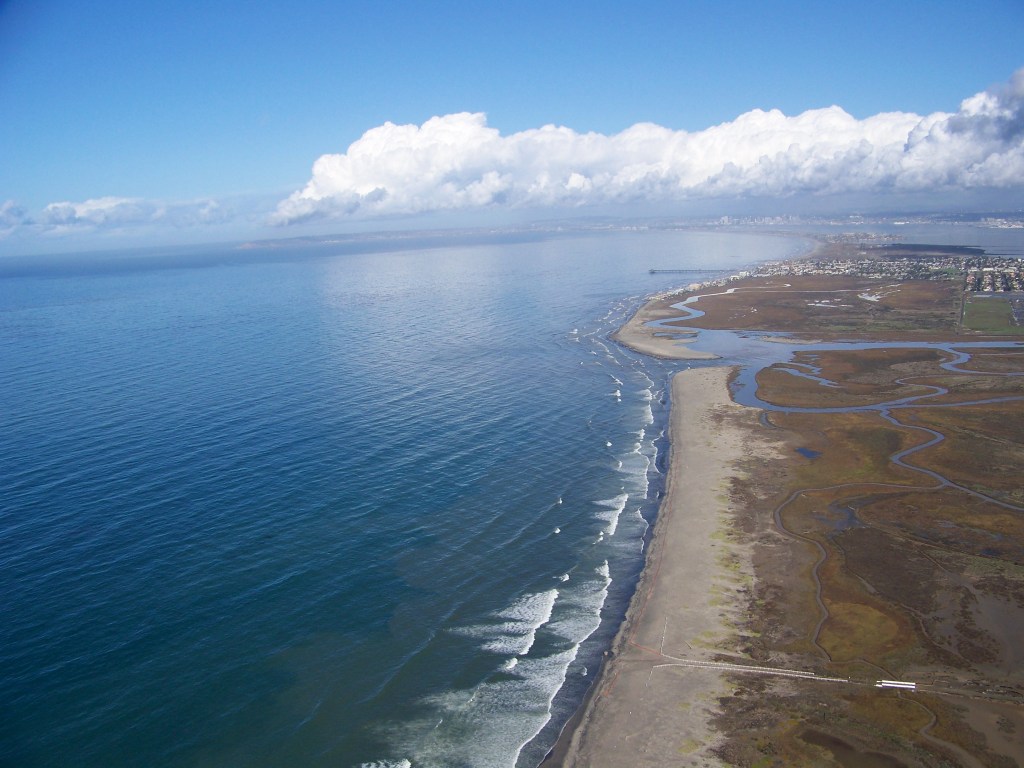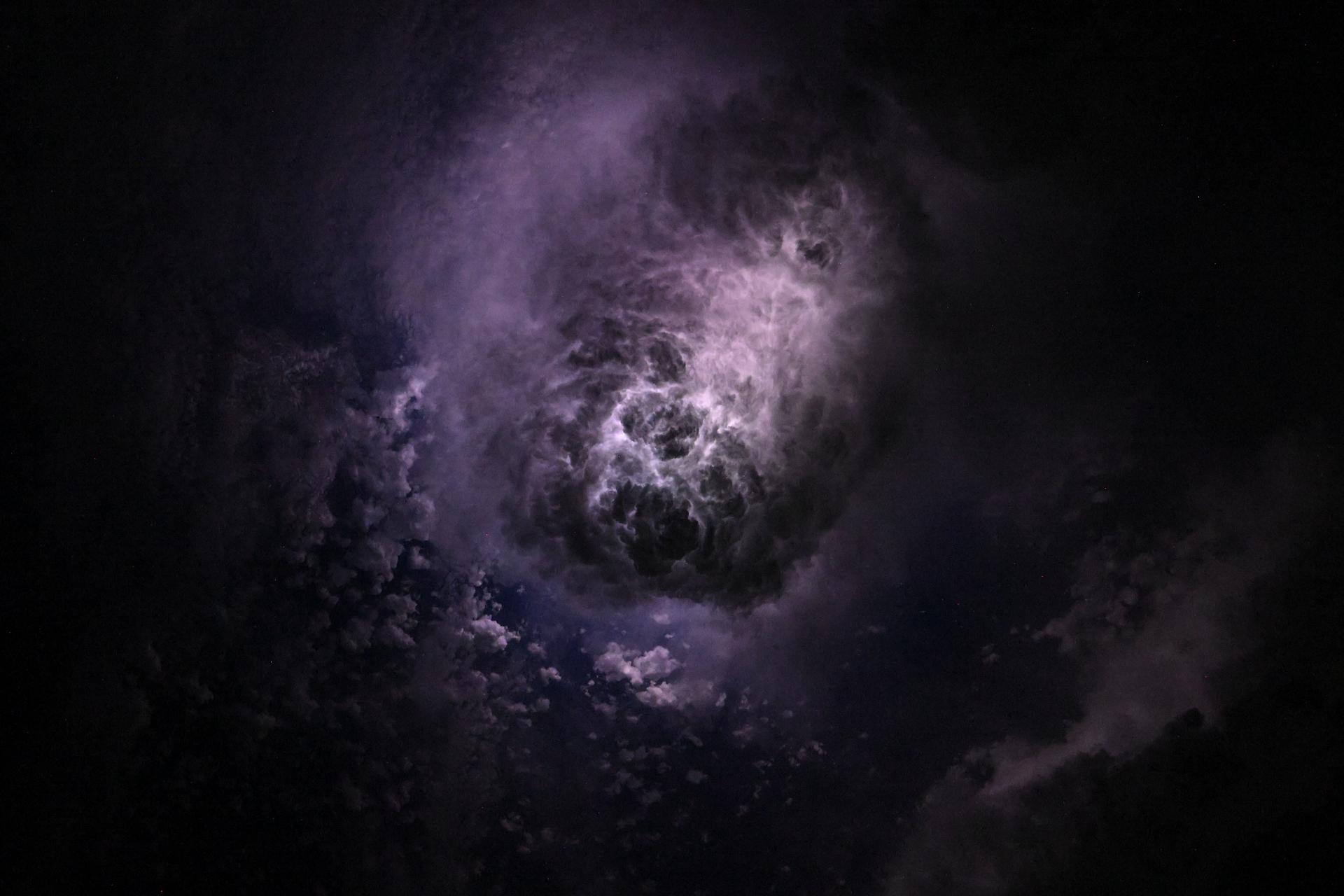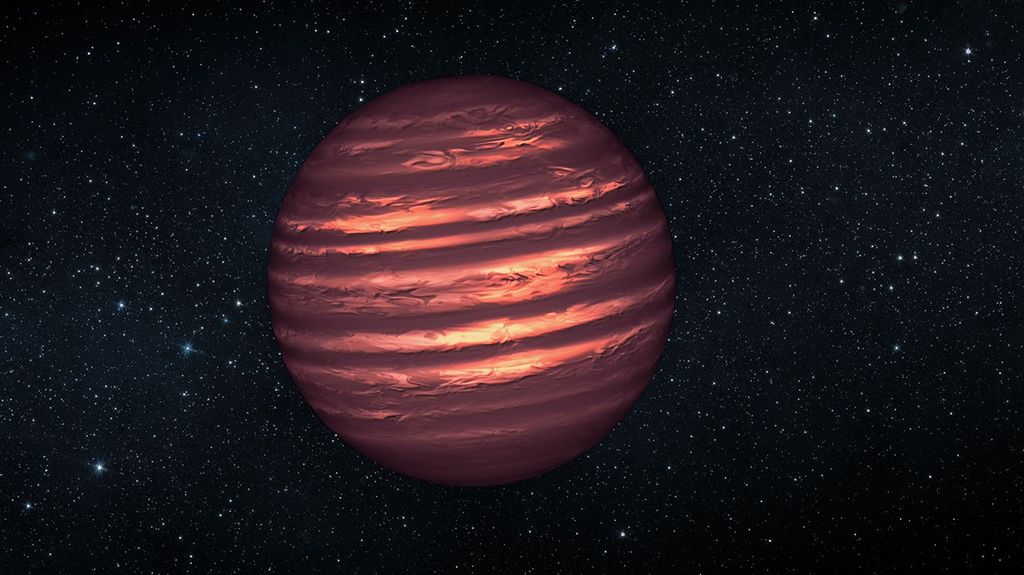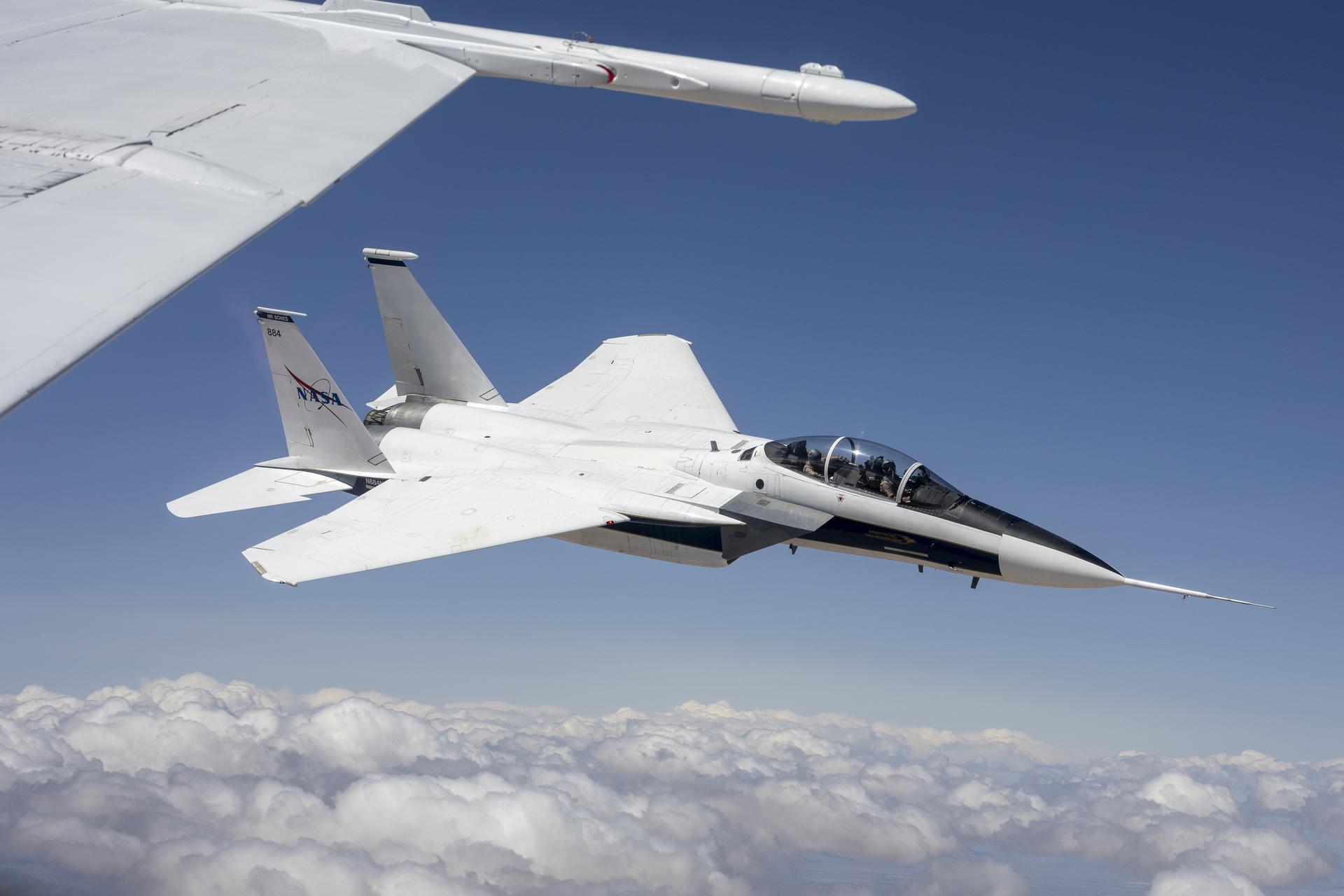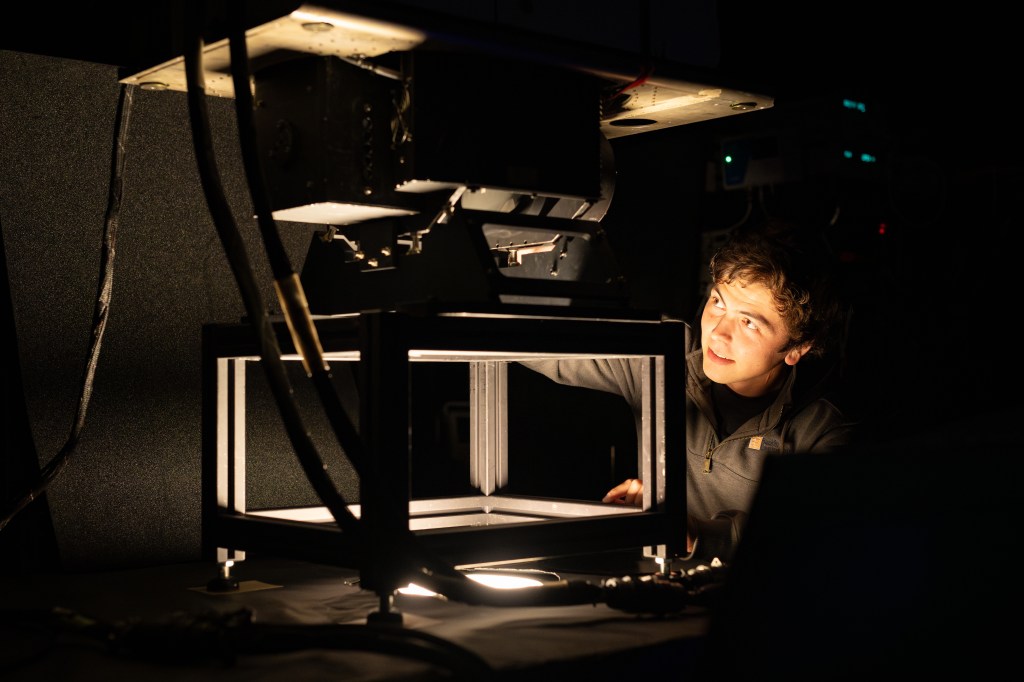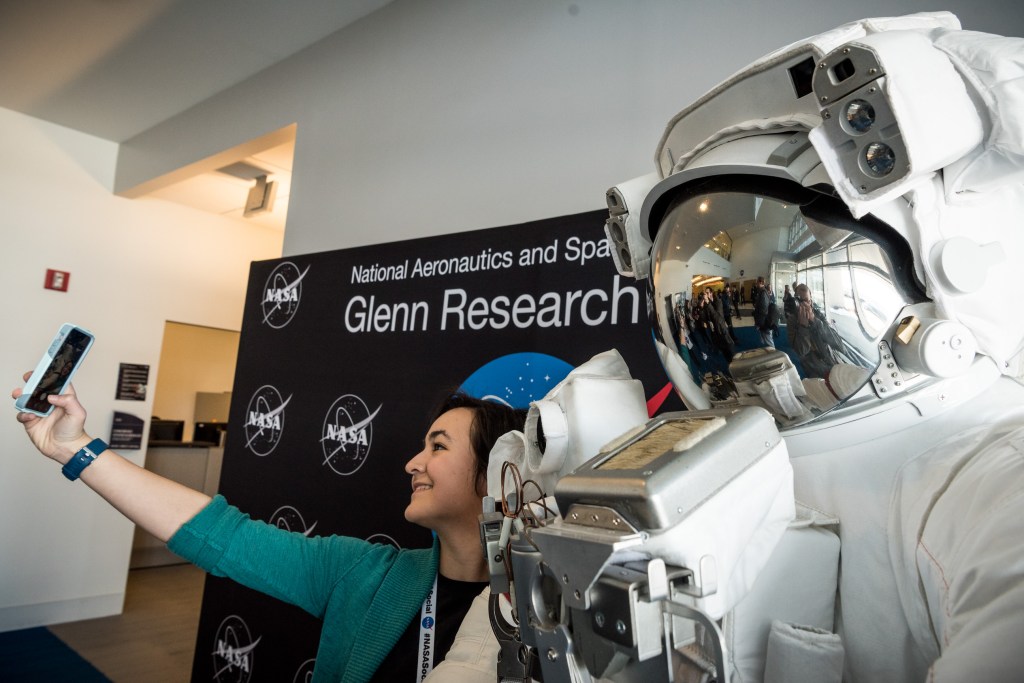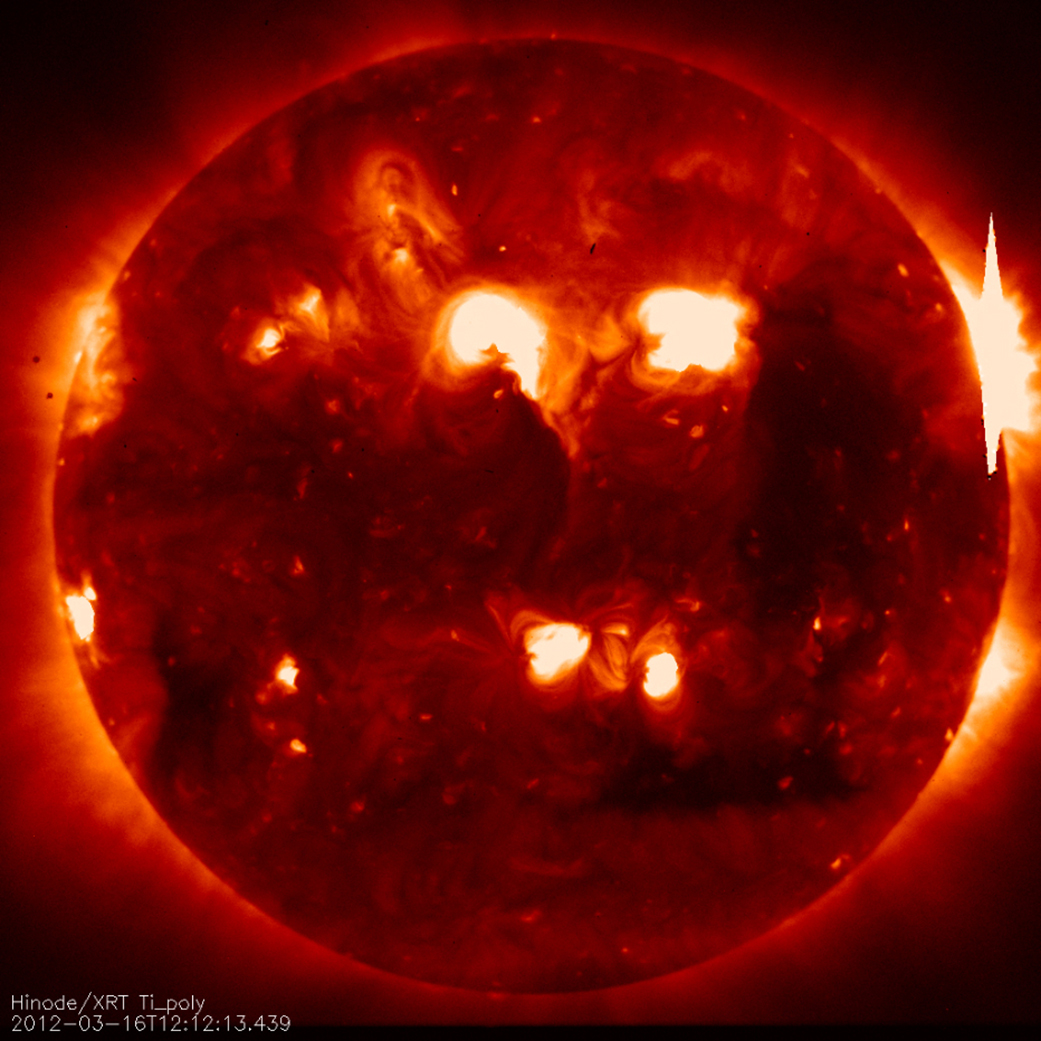On Nov. 13, 2012, certain parts of Earth will experience a total solar eclipse, which, like all eclipses, will only be visible when you are aligned in a straight line with the Moon and the Sun. In this case, the eclipse will only be seen from a narrow corridor in the southern hemisphere that is mostly over the ocean but also cuts across the northern tip of Australia. The JAXA/NASA Hinode mission will experience a partial eclipse of the Sun near the same time as the observers in Australia. Hinode will coordinate its observations with those from the ground before, during, and after the eclipse to produce a combined, scientifically interesting dataset.
Watching a solar eclipse – using appropriate instruments to protect the eyes, since you should never look at the sun directly – is a crucial way of seeing the dim structures around the edges of the Sun normally obscured by the brightness of the Sun itself. Indeed, it was during eclipses that scientists first observed the Sun’s atmosphere, the corona, which extends beyond the more easily seen surface, known as the photosphere.
In modern times, we know that the corona is constantly on the move. Made of electrified gas, called plasma, the solar material dances in response to huge magnetic fields on the Sun. Structural changes in these magnetic fields can also give rise to giant explosions of radiation called solar flares, or expulsions of solar material called coronal mass ejections, CMEs – which make the corona a particularly interesting area to study.
“There are certain aspects of the corona that you can only see during an eclipse,” said Jonathan Cirtain, the project scientist for Hinode at NASA’s Marshall Space Flight Center in Huntsville, Ala. “We’ll change where Hinode points during the eclipse to support the different regions being observed from the ground.”
Several groups will be doing observations from Australia. Although we have learned to make artificial eclipses using modern telescopes, owing to the distance of the Moon, these natural eclipses are actually substantially beyond what we can do in terms of suppressing the light from the disk of the Sun. This allows us to do unique science observations during these brief periods. A group from University of Hawaii will measure the intensities of various types of ionized iron atoms (atoms that have lost electrons) by measuring the radiation emitted at different stages of ionization. Since the iron atoms lose more electrons as the temperature increases (increasing the ionization stage), mapping such radiation can help scientists observe the temperature distribution throughout higher levels of the Sun’s atmosphere than can usually be seen.
A second group is led by NASA-Marshall and will observe a solar phenomenon known as plumes. Plumes are large structures that extend far out into the Sun’s corona and never turn back around to hit the Sun again (as some other solar structures do). These are typically seen in areas where the Sun is more quiet, and again are hard to spot next to the brightness of the Sun itself. Plumes are constrained to follow the very magnetic fields of the Sun itself, so they can be a tool for mapping the Sun’s complex magnetic system, which, in turn, is thought to be the driving force for most events on the Sun.
“Hinode will provide context images,” said Cirtain. “It can see both the corona and the disk of the Sun, and the hope is to be able to correlate the emission seen by eclipse observations on the ground to where its coming from on the Sun itself.”
Since the view of the eclipse from Australia only lasts for two minutes, the Hinode team has had to organize how to quickly capture the context images desired. But, together with the ground observations, those two minutes can help provide observations that are only rarely possible. The next solar eclipse will be a partial solar eclipse, visible again from Australia, on May 10, 2013. The next eclipse visible from parts of the Northern Hemisphere will be Nov. 3, 2013.

